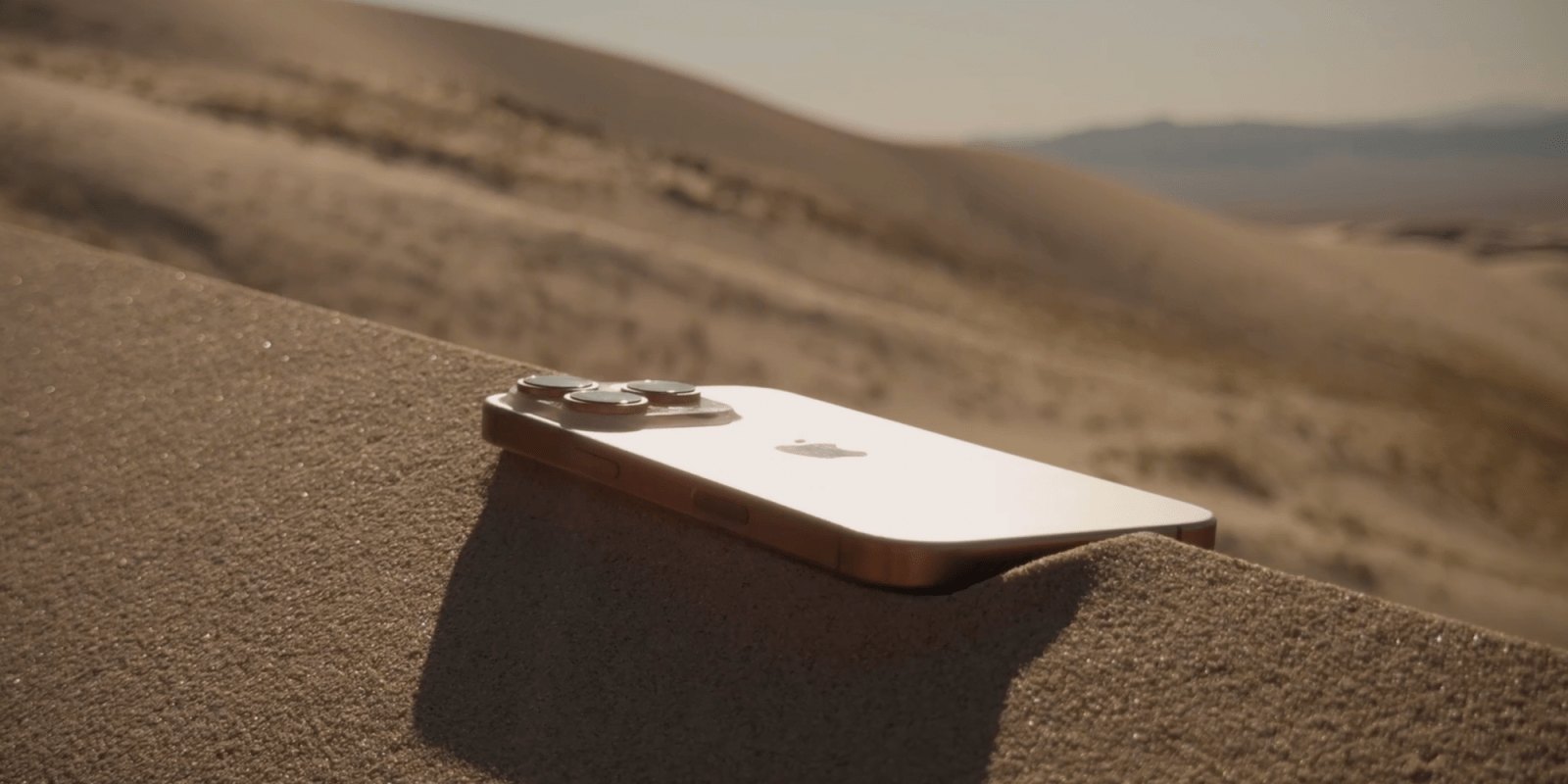Tech
iPhone 16 Pro cameras: A deep dive finds much to love

If there’s anyone who knows a thing or two about iPhone photography, it’s Sebastiaan de With, co-founder of the developer behind the Halide app. In an incredibly deep dive into the iPhone 16 Pro cameras, he finds much to love – and a few flaws.
While his experience of comparing many iPhone 15 Pro and iPhone 16 Pro images mirrored mine – like for like, it’s hard to spot any differences – he still had a lot of positive things to say …
48MP main camera images look identical
For my iPhone Diary series, I headed out on Saturday with both iPhone 15 Pro Max and iPhone 16 Pro Max and a mini-tripod. I set up the exact same shots on both devices, then returned home to examine the differences, all set to write a diary piece on them.
I didn’t write that planned piece because, when it came to most images, there weren’t really any differences. First, the main sensor is the same, and the default processing is the same. de With found the same thing.
Is processing very different from last year? No, not really. It was great, and it’s still great. While there’s slightly more processing happening, I found it difficult to spot a difference between iPhone 15 Pro and iPhone 16 Pro captures. The sensor is the same physical size as last year’s iPhone 15 Pro / Pro Max, and still has delightful amounts of depth of field as a result.
Subtle differences with the ultra-wide camera
I had much the same experience with the ultra-wide camera, and found differences were very subtle. de With said he could see differences only in ideal lighting conditions.
At 13mm, the ultra-wide remains an apt name. It’s so wide that you have to be careful to stay out of frame. However, it does allow for some incredible perspectives.
At the same time, temper your expectations. While the iPhone 14 Pro introduced a 48 MP sensor for its main camera, they almost doubled the physical size of the sensor compared to the iPhone 13 Pro. This year, the ultra-wide is the same physical size, but they crammed in more photo-sites. In ideal lighting, you can tell the difference. In low-light, the expected noise reduction will result in the some smudgier images you’d also get from the 15 Pro.
But the 48MP sensor really benefits macro shots
The real benefit of the 48MP ultra-wide lens is for macro shots.
One very compelling bonus of the 48MP upgrade is that you get more than for the high-resolution shots. It does wonders for macro photography.
The problem was that… it was an ultra-wide lens [so] you ended up with a lot of extra stuff in your shot which you’d ultimately crop-out.
In the past, that meant a center crop of your 12 MP ultra wide image would get cropped down to a 3MP image. With 48MP of image however, a center crop delivers a true 12MP image. It makes for Macro shots that are on another level.
Wider aperture creates great 2x shots
The 2x ‘lens’ on the iPhone 16 Pro isn’t any such thing. It instead takes a centre crop and applies processing to create a virtual 2x 12MP image.
de With says he’s not normally a fan of this approach, but this year found it as good as a real 2x lens.
I’ll admit that years ago I was a skeptic. I like my lenses optical and tangible, and it feels wrong to crop in. Well, this past year, I’ve been sporting the iPhone 15 Pro Max with its 5× zoom, so I found myself using the imaginary 2× lens much more to bridge the gap between focal lengths […]
Thanks to wider aperture on the Fusion camera, the virtual 2× produces better results than the physical 2× of the past. I really like it. I no longer want Apple to bring back the physical 2×.
RAW shooting is much faster
Burst ProRAW 48MP capture performance is also much faster. When absolutely mashing the shutter, 48MP ProRAW frame rate clocked in at 2× the iPhone 15 Pro’s speed.
The improvement is huge in practice. In total, the iPhone 16 Pro beat the iPhone 15 Pro by anywhere from 400 to 900 milliseconds. Hundreds of milliseconds matter in the moment, and could mean the difference between getting the shot or missing it completely. It’s a massive improvement and a huge achievement, technologically.
Photographic Styles are a big improvement on filters
I very rarely use Apple’s standard filters. The only ones I find give good results are the mono ones, which can often be really impressive.
But I’m playing with Photographic Styles, and my early impressions are good. It’ll be a little while yet before I’m ready to reach any firm conclusions precisely because the effects can be relatively subtle, but so far I do think I will use them.
de With likewise doesn’t have too much to say as yet, but his initial thoughts are positive – most especially because they are now non-destructive.
If I apply a simple filter, it would apply the look to both skin color and the sky equally. Blue skin doesn’t work outside James Cameron movies. These new Photographic Styles can target undertones, the way the filter affects skin tones in your shots, making things feel more natural.
The coolest change to photographic styles this year is that they’re “perceptually non-destructive.” You should be able to reverse the effects of the style, later.
Some complaints
de With isn’t a fan of Night Mode processing, finding it very hit-and-miss, and best left off.
Within night mode, the HDR now allows a larger range dynamic range to be captured. However, it was still a frustrating dance at times to get exactly what I wanted out of the exposure, with some exposures over-done, and inconsistent exposure times. In fact, I enjoyed shooting on the iPhone 16 Pro outside of night mode, as it gave me darker, contrasty shots.
He also isn’t sold on the Camera Control UI, but expects this to improve.
In all, I think the relative plethora of Adjustments makes it feel clumsier and less sleek and snappy than it could be. Given its soft haptic feedback and many options, it can seem a bit overwhelming even to more photographically savvy users. Those more conspiratorially minded might assume Apple added more features here to compensate for the iPhone having fewer at launch; I myself think it’s just a commendable first attempt to do something new.
And for all the improvements Apple has made, iPhone photos remain iPhone photos.
If there is one theme to iPhone’s approach to photography this year, it’s more control — and that might apply to the Camera Control, and Photographic Styles, but it remains rather processed whether you like it or not. My advice? Start to accept that highly processed images are here to stay.
The full piece, with lots of gorgeous sample shots, is well worth reading.
Halide has expanded its own Camera Control tools, to add focus and exposure controls.
Photo: Sebastiaan de With/Lux
FTC: We use income earning auto affiliate links. More.











